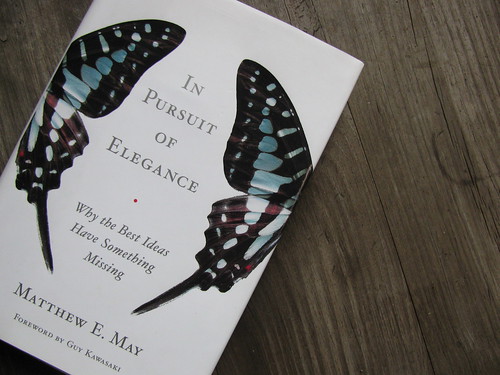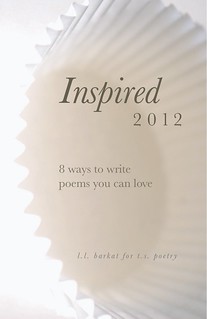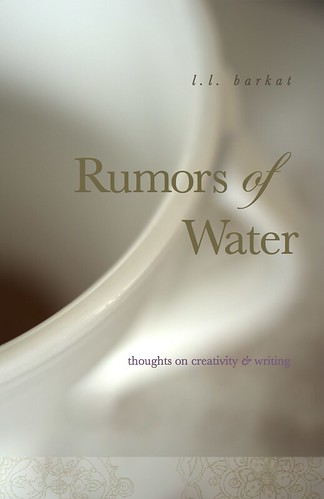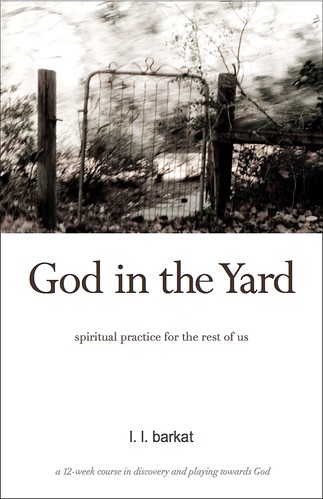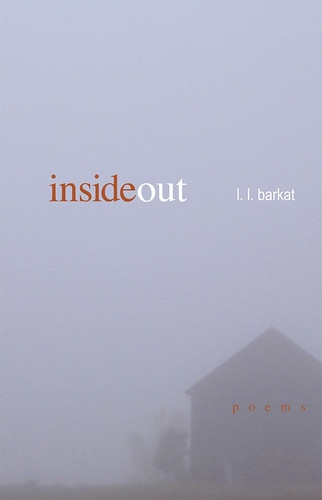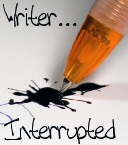6 Things Your Writing Must Have to Wow Readers

Is your writing missing something vital? It might be.
Over at AdAge, in a discussion of consumer behavior, Kevin Hartman discusses six emotions that advertisers track. It might make you a little uncomfortable to know that marketers are Stealing Your Diary to probe if and where you get emotionally attached.
But don't be too mad (or surprised).
The best writing actually revolves around the same six emotions, often experienced in readers as a physical reaction (tears, sighs, gasps, clenched teeth)...
Anger, Love, Sorrow, Joy, Fear, and Surprise
Interestingly, Hartman notes that "the most unfortunate news for brands over that last year was the lack of the emotion 'Surprise' in the consumer conversation. Logging in as a distant sixth place, the dearth of 'Surprise' clearly indicates that few brands have mastered the art of building anticipation into their consumer relationships."
Surprise isn't easy to come by for a writer. Hasn't it all been done before?
It's not necessarily about presenting a surprising idea (though it can be). In In Pursuit of Elegance, Matthew May notes that humans have an attachment to symmetry.
So if, as a writer, we use solid details to create a very clear picture but we leave something in that picture ambiguous or uncertain, this will create intrigue. Or, put another way, our readers will begin to desperately seek symmetry.
When writing a short article, one of the easiest ways to introduce uncertainty is to begin with a question, stated or unstated. In a longer work, we can include a thread that hides the "punchline" until the end.
It stands to reason that if you can create this kind of surprise in conjunction with at least one or more of the other 5 emotions, you'll create an even bigger "wow" for readers.
So why not begin thinking about how to write for emotional impact? You could steal some of the best writer's diaries as a place to begin.
Labels: In Pursuit of Elegance, Matthew E. May, writing

